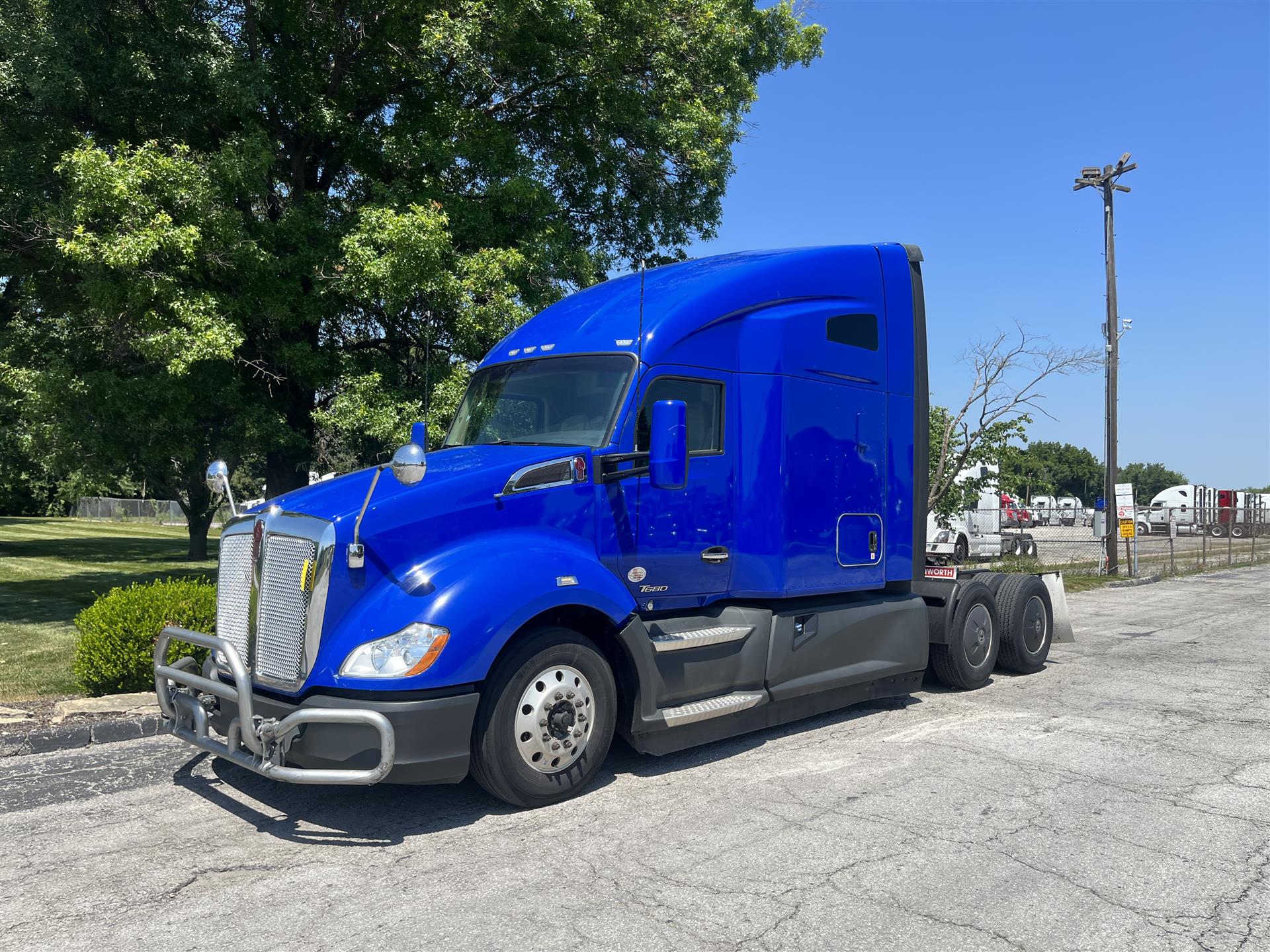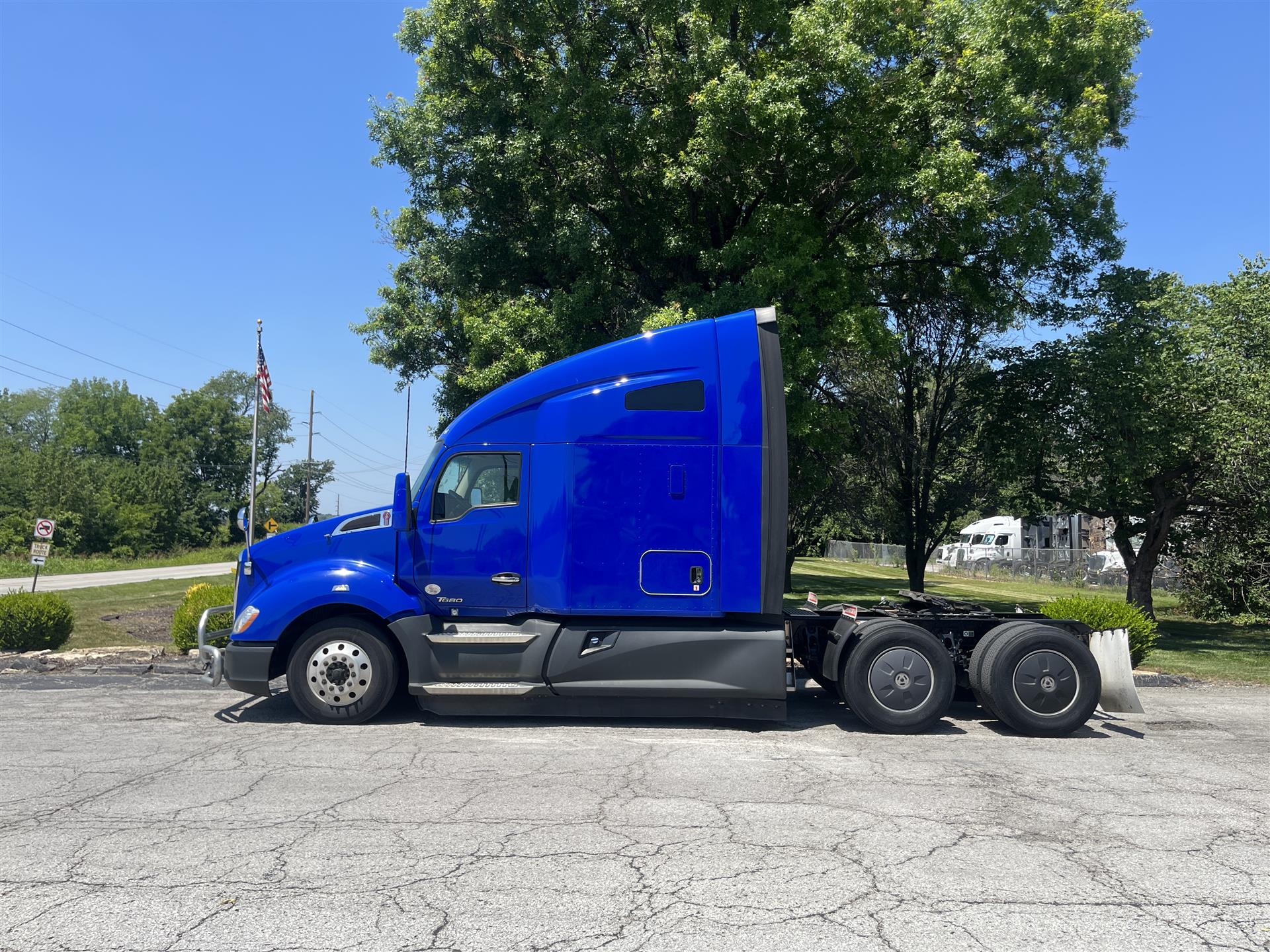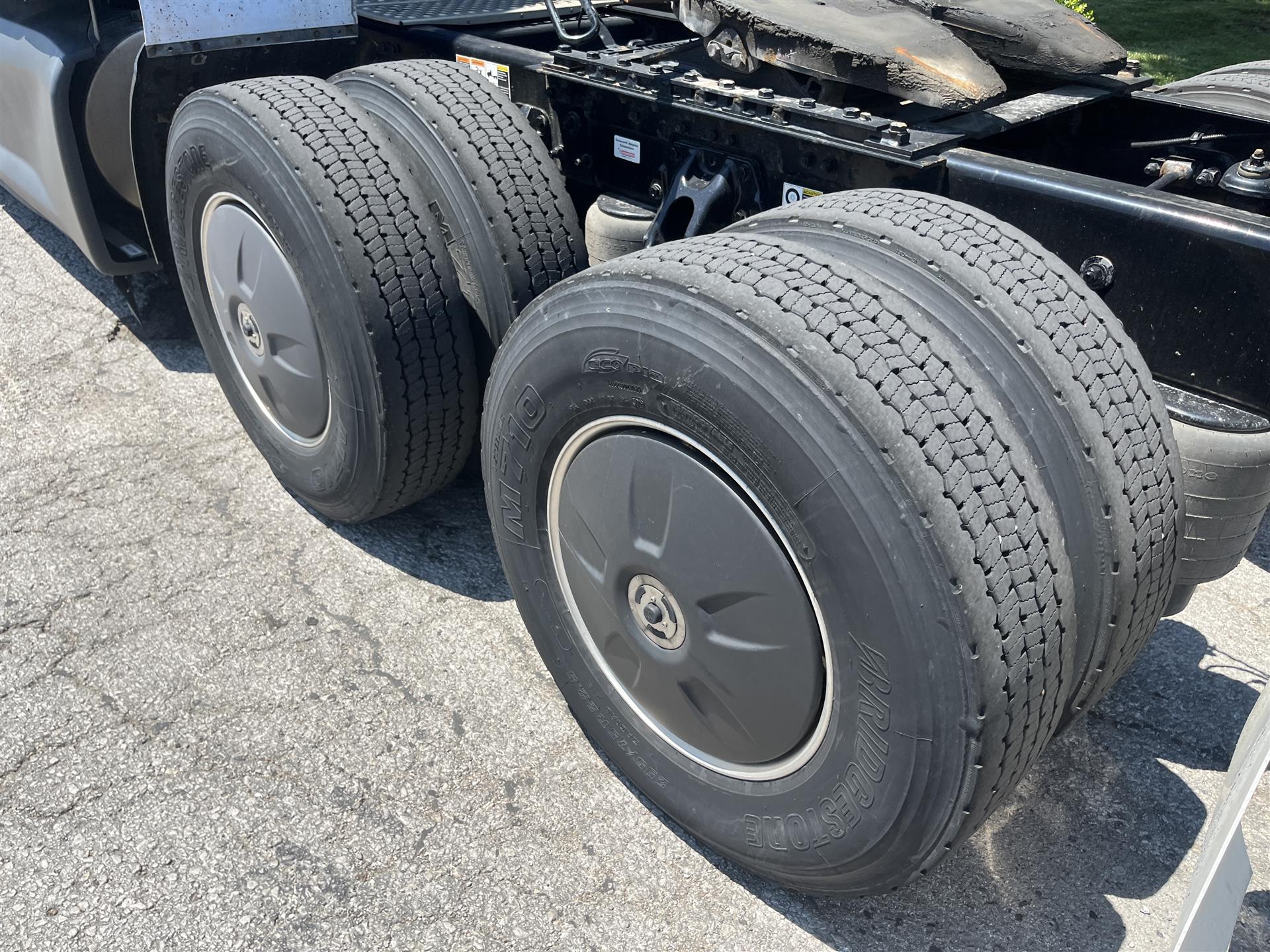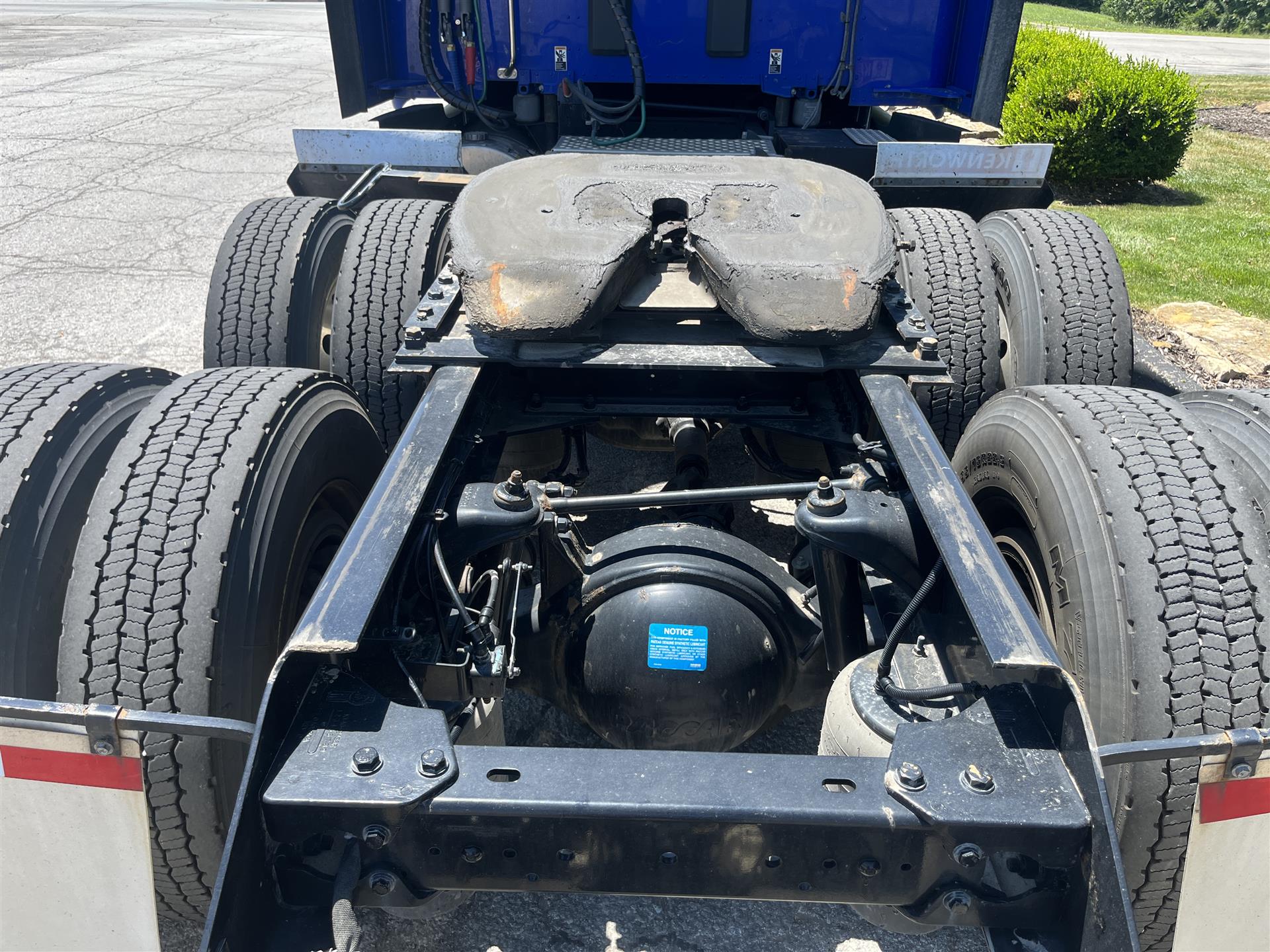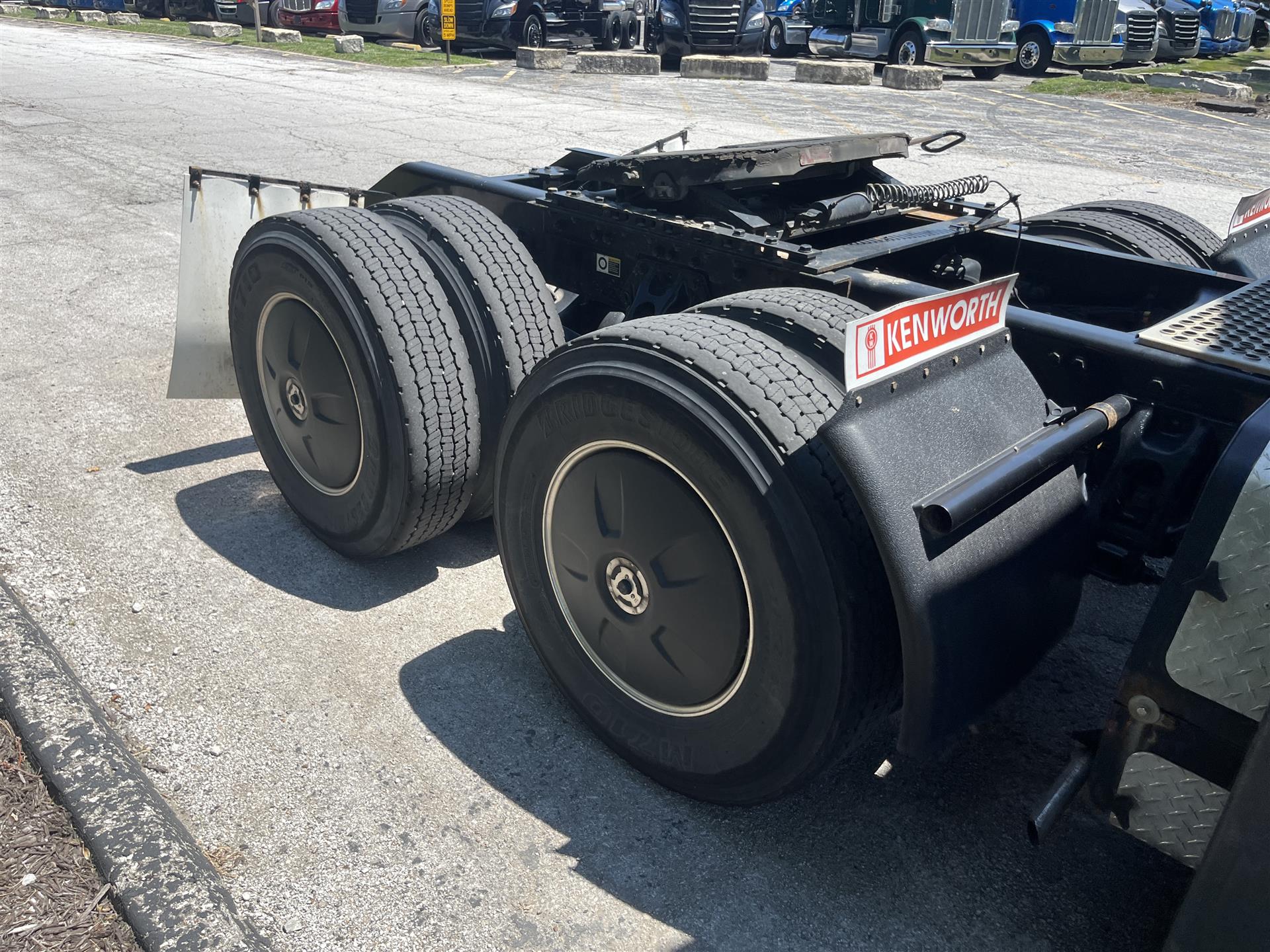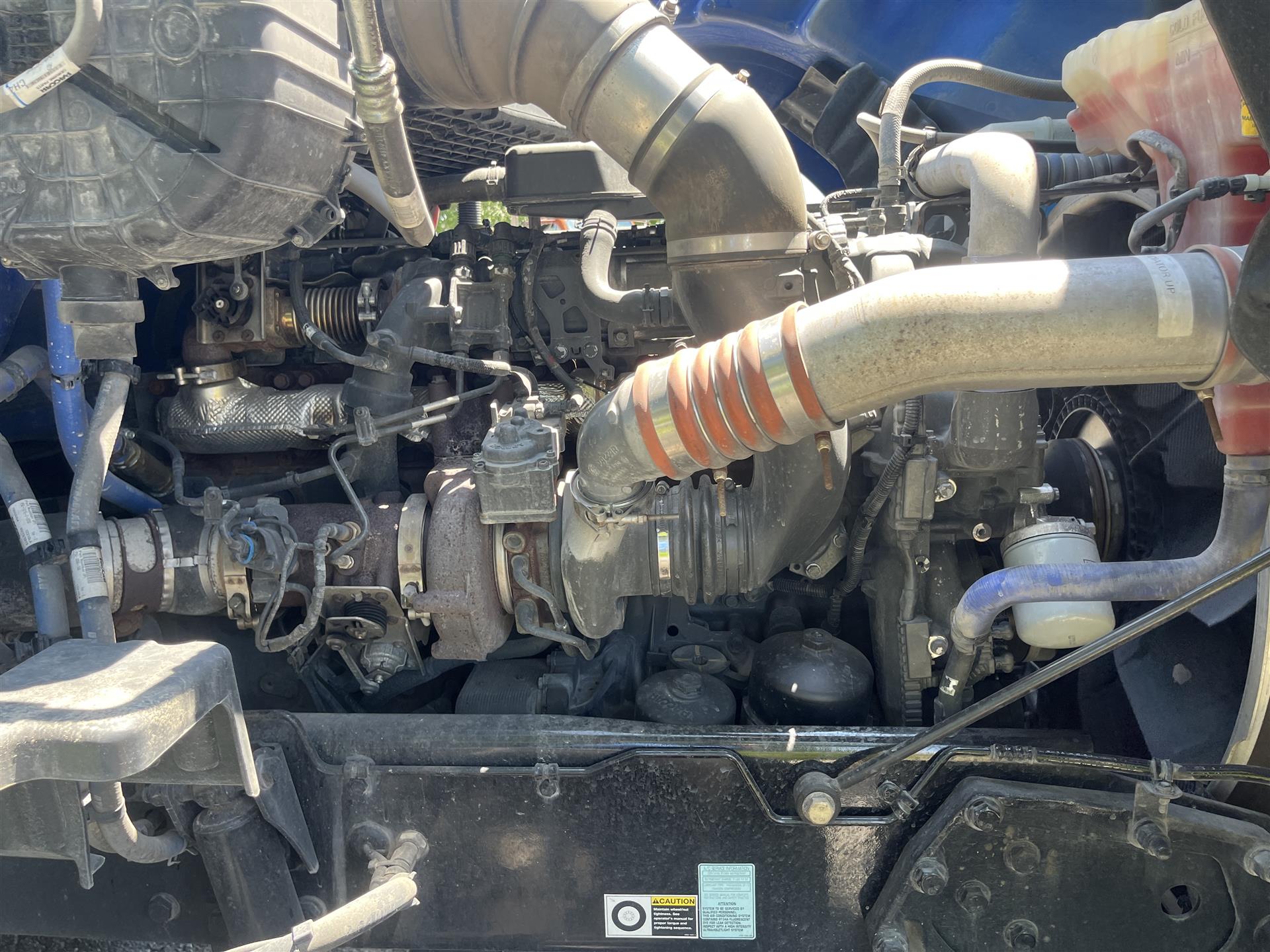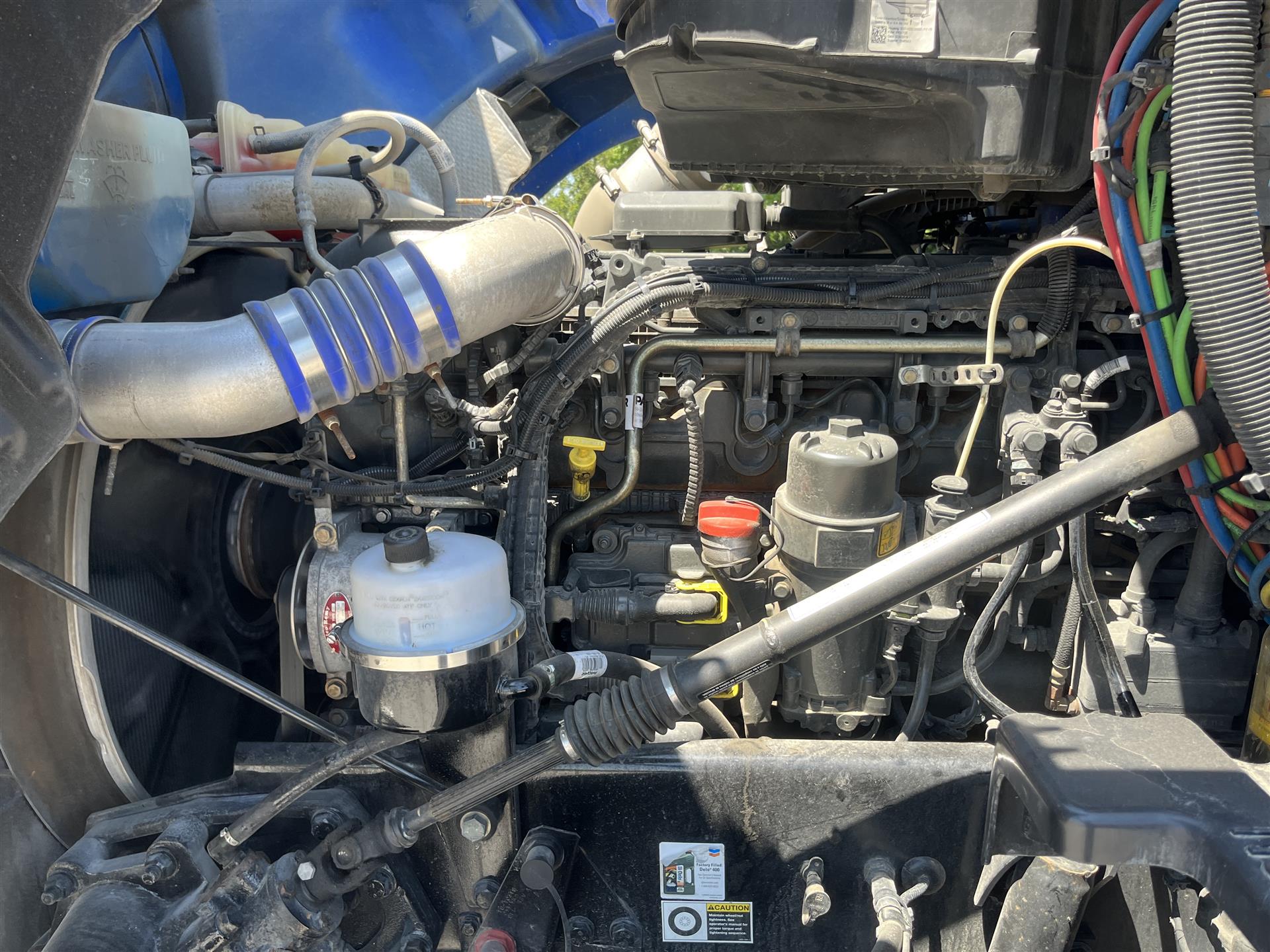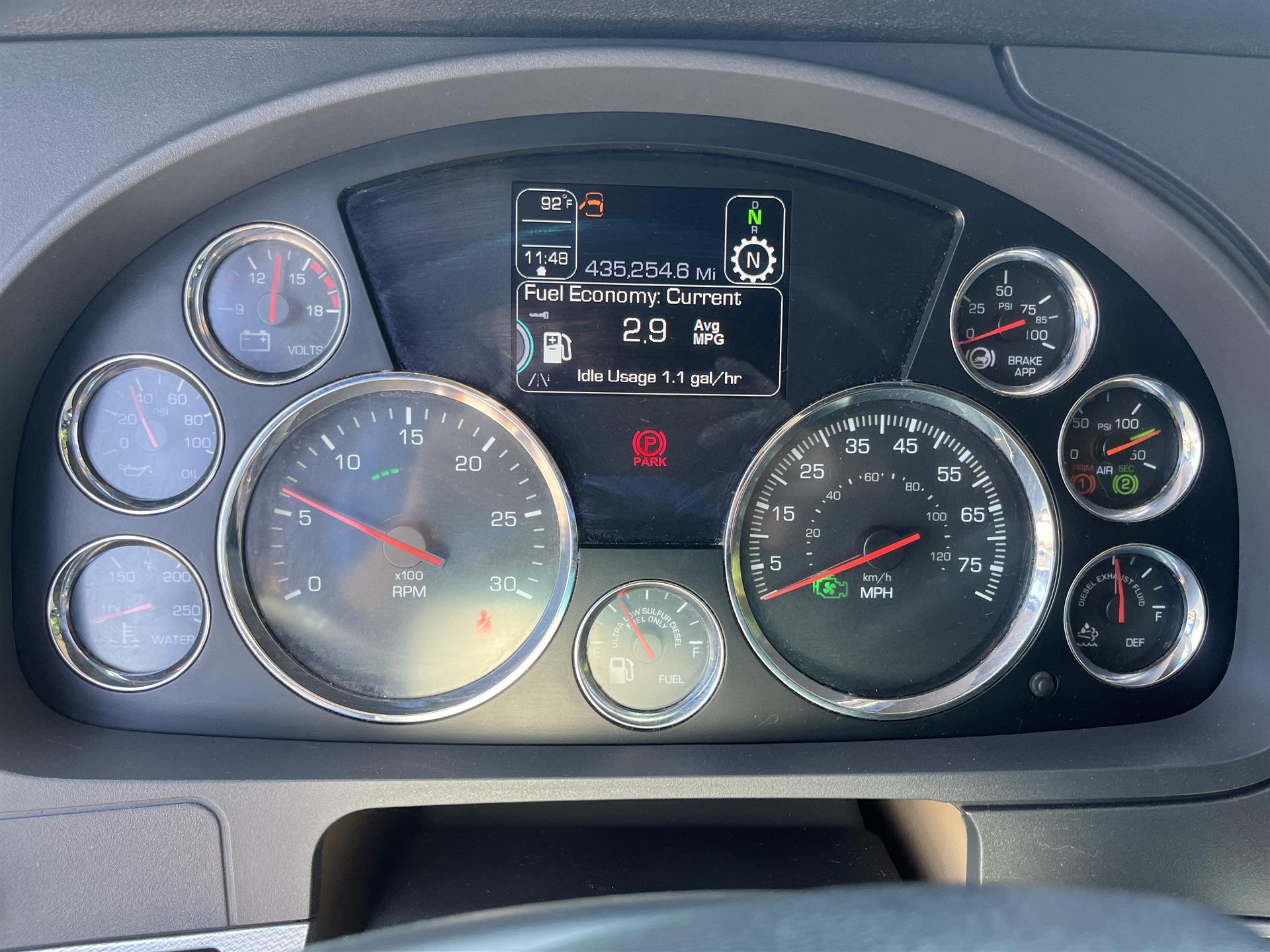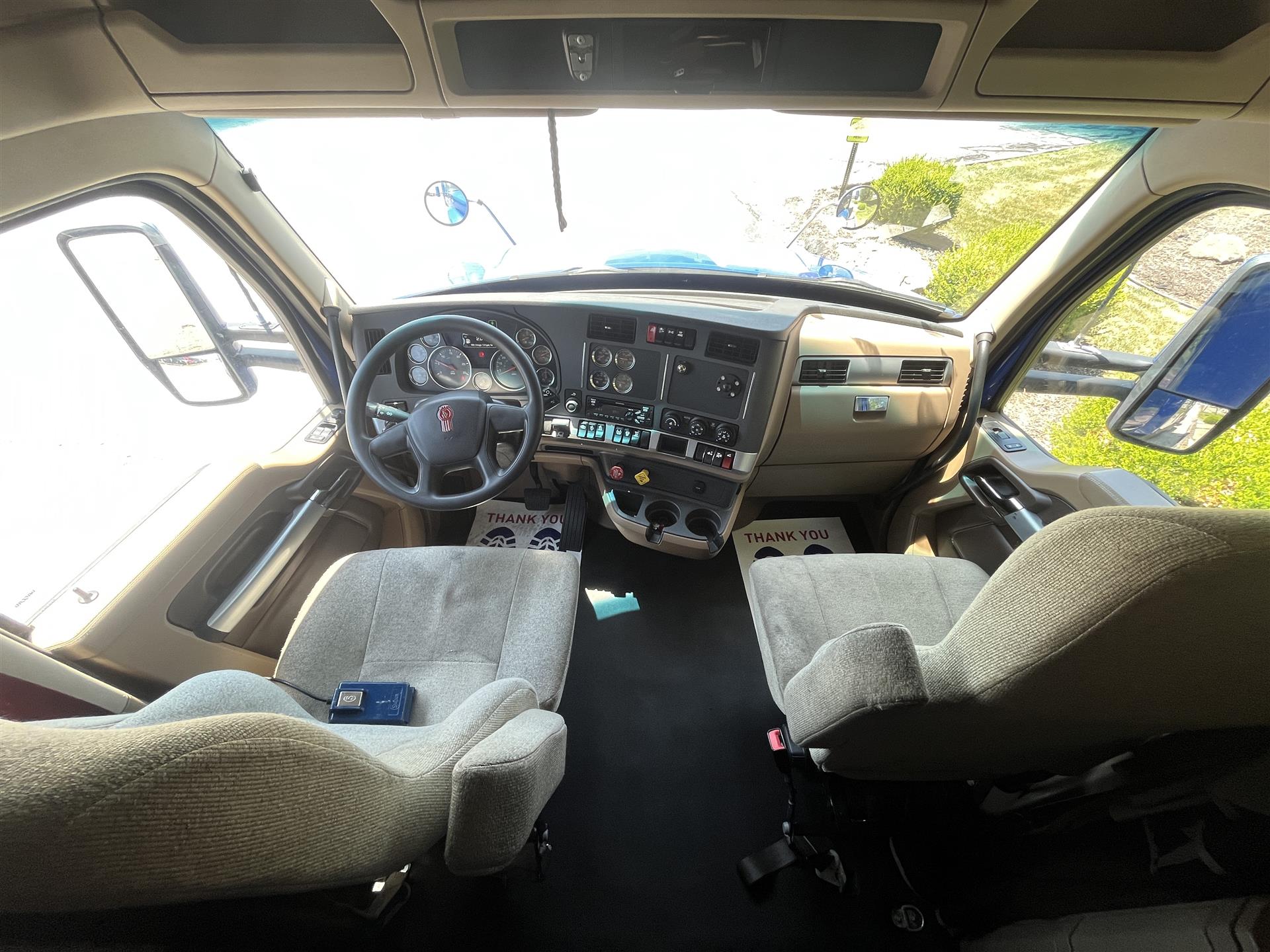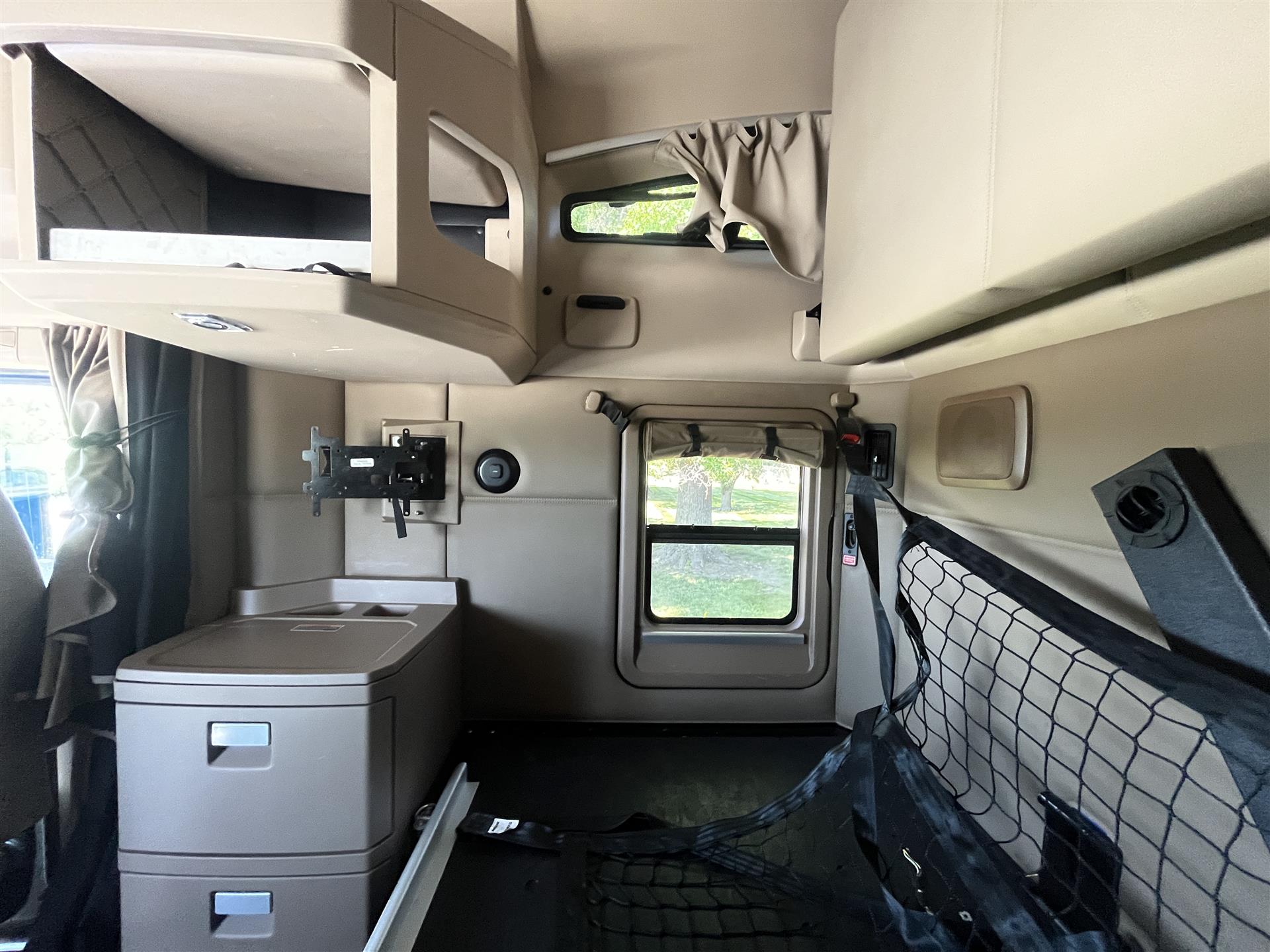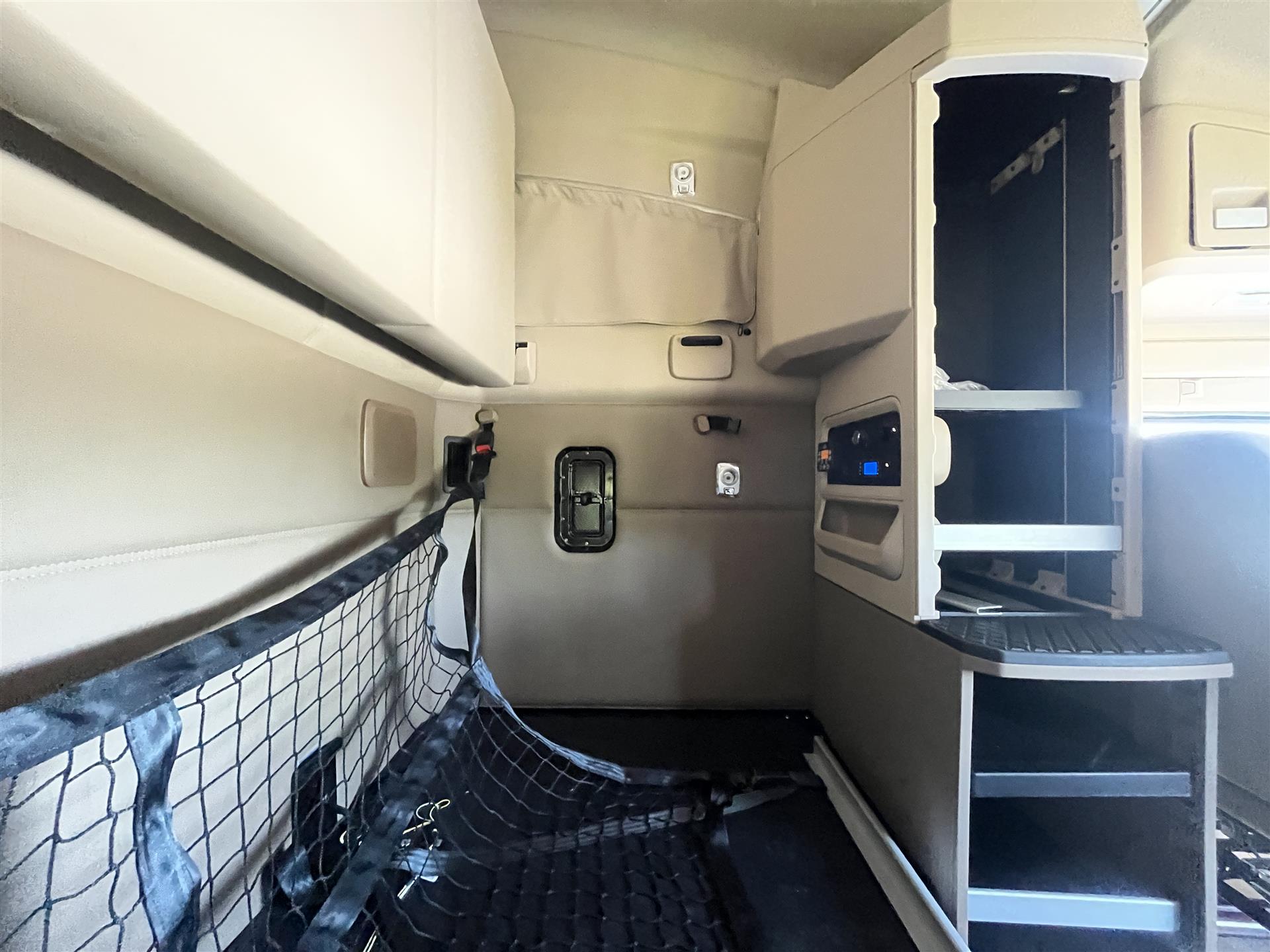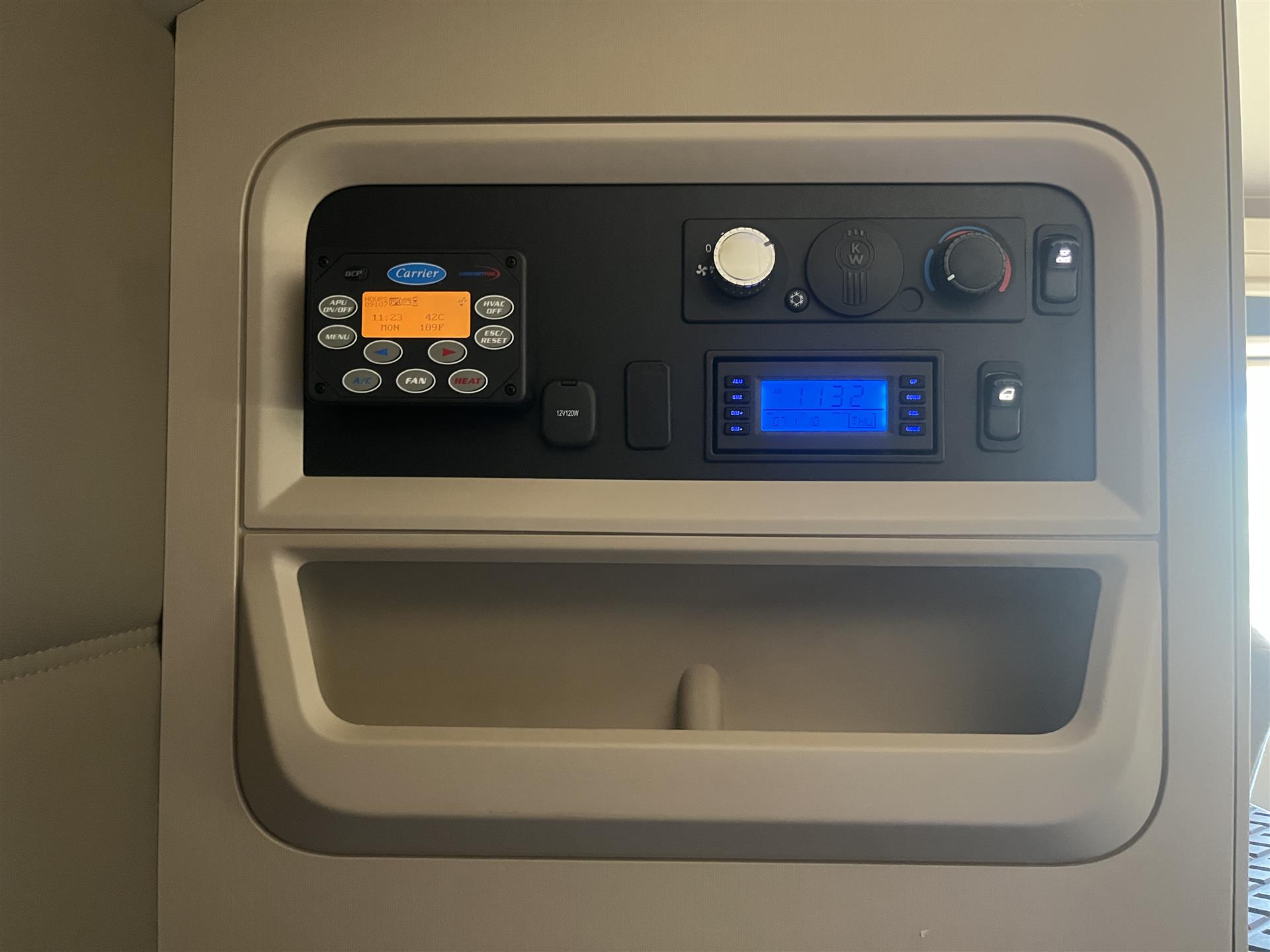As the winter months approach and everyone is thinking about their Thanksgiving Day plans and Black Friday shopping, owner-operators and fleet owners must have something else on their mind – winterizing their trucks. If you want to keep your truck on the road, keep your costs down, and stay safe during the winter months, check out the 9-step plan for winterizing your truck – the cold weather will be here before you know it.
Step 1: Prepare an Emergency Kit
If you get stranded in unfavorable conditions, sufficient survival gear is necessary. Make sure you have:
- Extra blankets.
- First aid kit.
- Flashlight and extra batteries.
- Canned food and bottled water.
- Gloves, scarves, hats, snow boots, extra socks, and extra clothing.
- Snow shovel.
- Flares.
- Portable radio.
- Extra coolant, washer fluid, and engine oil.
- Extra fuel filter and a fuel filter wrench.
- Tire chains.
Step 2: Check the Battery
The best time to check the age and condition of your battery is just before winter settles in. Freezing temperatures drain battery life quickly. If the battery is close to the typical 48-72-month life cycle, it’s best to replace it. If not, inspect the battery to ensure it is securely mounted and all connections are tightened and clean. Perform a load test, and check on the alternator and starter. Inspect the electrical wiring for any damage or frays, and ensure no loose or exposed wires.
Step 3: Check the Fuel Filter and Water Separator
Ensure the fuel filter is in good condition, and replace it if necessary. To reduce the risk of damage to the engine, monitor the water separator daily. Water is a common contaminant in diesel fuel and can shorten an engine’s life. If a large amount of water is collected, you should drain it. Most separators are not self-cleaning, so you’ll need to locate the separator near the fuel filter and turn the drain valve to empty the water.
Step 4: Use Fuel Additives
Diesel fuel contains paraffin, a wax that crystallizes at freezing temperatures and causes the fuel’s water to emulsify, making the fuel slushy and gel-like. The fuel cannot pass through the filter, and the problem only worsens when temperatures drop. This fuel gelling can lead to rough vehicle operation and, in some cases, engine failure. To avoid this, check the fuel’s cetane rating at the pump – the higher, the better, and add anti-gel fuel additives at each fill-up to enhance performance. Check your owner’s manual for specific additive guidelines and strictly follow mixing procedures, or you risk damaging your fuel system.
Step 5: Inspect the Cooling System
Proper maintenance of the cooling system is a significant part of winterizing. Anything worn, damaged, or cracked will only worsen as the temperature drops. Perform a comprehensive system inspection, including the radiator, inspecting the hoses for any bulges and checking hose clamps to ensure they are secure and not damaged. It would be best to have a coolant test conducted to ensure that your coolant is at an optimum freeze point. Checking the additive levels to determine if the coolant needs to be changed or adjusted should become part of your regular maintenance plan. Last, using the proper coolant for your truck and never using aerosol ether starting fluid would be best.
Step 6: Keep the Engine Warm
Diesel engines require a higher cylinder temperature than gasoline vehicles, which is considerably more challenging to start in cold weather. If you travel or live in a cold climate, you may consider installing an electric block heater to keep the engine warm while it’s turned off. Ensure that the block heater cord will accommodate a three-prong plug and ensure it is securely in place.
Step 7: Inspect the Air Dryer
The air dryer, installed between the compressor and wet tank, collects and removes contaminants before entering the brake system, preventing water from freezing in the brake lines. Inspecting the air dryer to ensure it functions correctly and replacing the filter if necessary is crucial. Make sure to drain the air reservoirs periodically. Failing to maintain your air dryer can lead to extremely dangerous malfunctioning brakes.
Step 8: Prepare the Windshield
Snow and ice accumulating on the windshield makes driving difficult and dangerous. Inspect your windshield wipers before winter hits and replace them if needed. Ensure your windshield wiper fluid is complete and you have switched to a cold-temperature blend. Keep extra bottles of washer fluid in your truck if you run out unexpectedly.
Step 9: Check the Tires
Your tires must be in good shape to navigate the snowy and icy roads ahead. Inspect your tires thoroughly and ensure they inflate to the proper pressure rating. Find out which states require chains, and make sure you always have the correct size and number of chains in your truck. Inspect the chains for worn, twisted, or damaged links and replace them when needed.
Do-it-yourself maintenance is cost-effective, but if you don’t feel comfortable completing these items on your own, hire a mechanic so they can do it for you. Ensuring you are prepared for the road and winterizing your truck before and during the winter months is crucial to generating revenue and overall safety. Be safe out there and make lots of money this winter!




